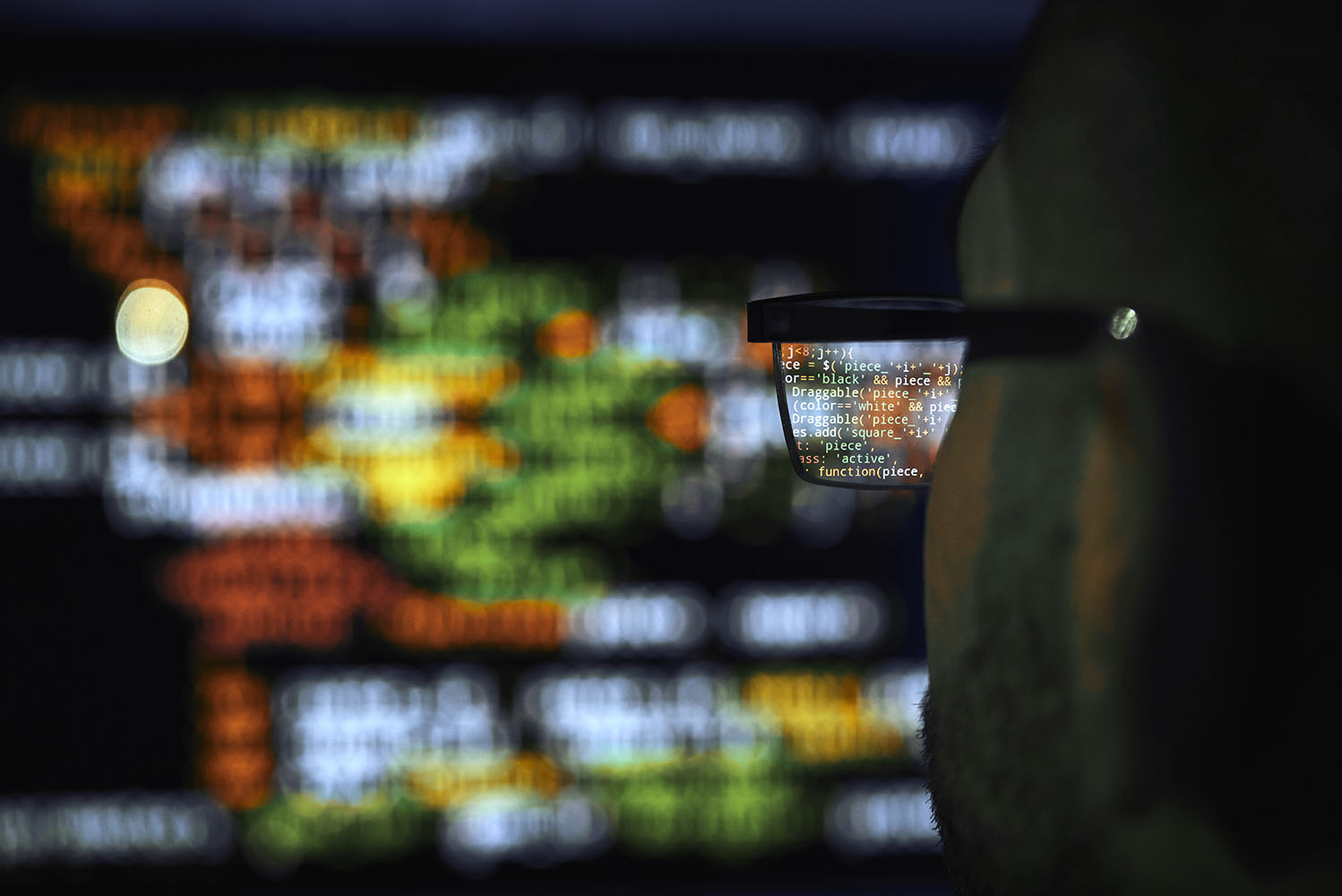IP and the metaverse: ownership and infringement of rights
Published on 28th April 2022
Platform operators will need to have tools and measures in place that allow them to put an end to infringements

The immersive digital environment of the metaverse raises a range of questions regarding the protection and exploitation of brands, the ownership of intellectual property (IP) on virtual objects and content – such as avatars – that has been created by businesses and users, and the enforcement of IP rights in case of infringement.
In the metaverse, businesses will be able to replicate their products that exist in the real world and create unique virtual products in engaging and innovative ways. Individuals that are not operating commercially in the metaverse will be able to create virtual objects and content, such as avatar and games. User generated content (UGC) will be crucial to the metaverse development. Most of these metaverse assets will likely be protected by IP.
IP ownership
Identifying the owners of IP protected content created in the metaverse will be a primary challenge. This will require having in mind the specificities across jurisdictions when the creator is an employee, as well as the principle in the EU that authors of works of art retain the copyright ownership unless they have transferred it, and the complex situation where there are several authors or if the work is created by artificial intelligence (which will have an essential role in the metaverse).
Assignment and licensing agreements will be key. This will involve determining the scope of the usage rights, since the right to exploit a work in the metaverse does not seem to fall exactly within the scope of the digital uses usually mentioned in agreements. Instead, an addendum might be required to deal with these IP rights.
Businesses and users will need to be aware of the terms and conditions of the metaverse platforms; in particular, IP ownership and control provisions as to the content created within these platforms or uploaded to them from outside.
Another point of complexity may be the interactivity across the services in the metaverse which might blur the lines between where one service starts and another ends, likely to lead to questions about which terms and conditions should apply.
Enforcement of IP infringements
Challenges may come with uploaded or created content in the metaverse or users interacting with content placed outside of the platform. Who would be responsible in case of infringement?
In comparison, social media platforms can rely on "safe harbour" protection for infringing UGC that has been posted on the platforms (namely, article 14 of the EU E-commerce Directive). Once they are aware of the infringing content, they can no longer rely on safe harbour if they fail to remove the content promptly (in line with the notice-and-takedown system). There are good arguments in favour of the application of this mechanism to metaverse platforms as well.
However, there are new and extended challenges for IP owners and companies operating the metaverse platforms. For example, the infringement at stake may not only concern an image or a specific content (in comparison, items in video games created by users may contain aspects that potentially infringe third-party IP). For instance, the infringement might occur when creating a virtual item that is the replica of a real-word item protected by copyright or design right or replicating a character from a TV or film franchise.
This use of third-party IP can raise issues regarding "transformative use" (that is, when a substantial part of work is taken), with the "fair dealing" exception larger in the US than in the EU. Therefore, the territories that are targeted by these platforms need to be identified in order to determine which country has jurisdiction.
Osborne Clarke comment
There may be even greater challenges to take down the infringing content. Which business would be responsible? Would it be the entity operating the metaverse, other entities controlling virtual real estate within that platform, within which users can create users generated content? Who can practically take the steps to take the content down?
The answers will depend on the architecture, the functionality of the metaverse platform itself, the businesses operating within the metaverse platform, and the users. There will be legal issues depending on how these platforms are going to operate and especially with a decentralised metaverse in which digital content can be moved from one platform to another.
In comparison to websites operating on the internet, the IP owners can take action against the website but rarely against the users who may be difficult to identify; therefore, the IP owners are forced to turn to intermediaries, such as website publishers, hosting providers and domain name registrar.
How effective the tools and measures available are going to be will depend on the architecture of the platform and the participant’s ability to remove the infringements. Platform operators should make sure that their tools and measures do allow them to put an end to these infringements.
Associate Alix Taverne helped write this insight.
This insight draws on a recent webinar that focused on work in the metaverse as part of Osborne Clarke's Metaverse Week. Read our Metaverse Report here.






